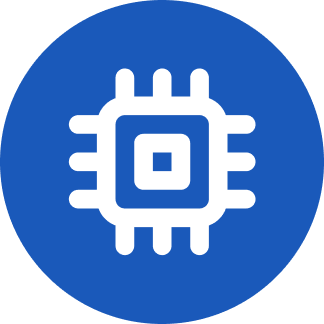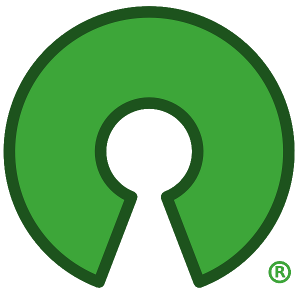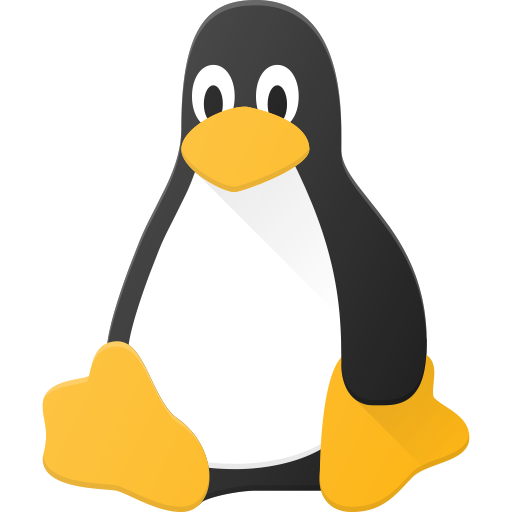

One of those cheap 12-15$ AliExpress DVD R/RW USB C drives did the trick for me.


One of those cheap 12-15$ AliExpress DVD R/RW USB C drives did the trick for me.


You can find some builds at the bottom of the page here (edit: when logged in) : https://github.com/ByteWelder/Tactility/actions/runs/12659191949 These files expire in 30 days though.


While it definitely is a cool project, it’s a micropython one, so the target audience is similar but not the same.


Thanks! Good to see there’s an ESP32 community too. I just subscribed ^^


In its current state, it’s mainly a tool for developers to be able to build prototypes or experiments quickly. From a user perspective, there isn’t enough yet. We’ll need more apps before it’s useful for end-users. I want to improve the core functionality before I build more apps: I already have to maintain about 2 dozen apps and I’d rather spend my time on building a better platform for now.


Framework laptops solve this by having physical switches for the camera and microphone at the top of edge of the screen. Can’t get safer than that except for physical removal.


If you just want CAD without CAM then the free variant of OnShape is amazing.


deleted by creator


For me, it’s the feature discovery that’s massively lacking. Last week I wanted to scale the selected area. Had to search for it online. The UX is the least intuitive one of all drawing software I’ve used.
Alternatively, they could just charge to 80% and show that it is 80% charged, like iOS and macOS do.
edit: I seemed to have misread the comment above. It’s useful to not be lied too, in my opinion, because then you still have the option to charge to 100% when needed.